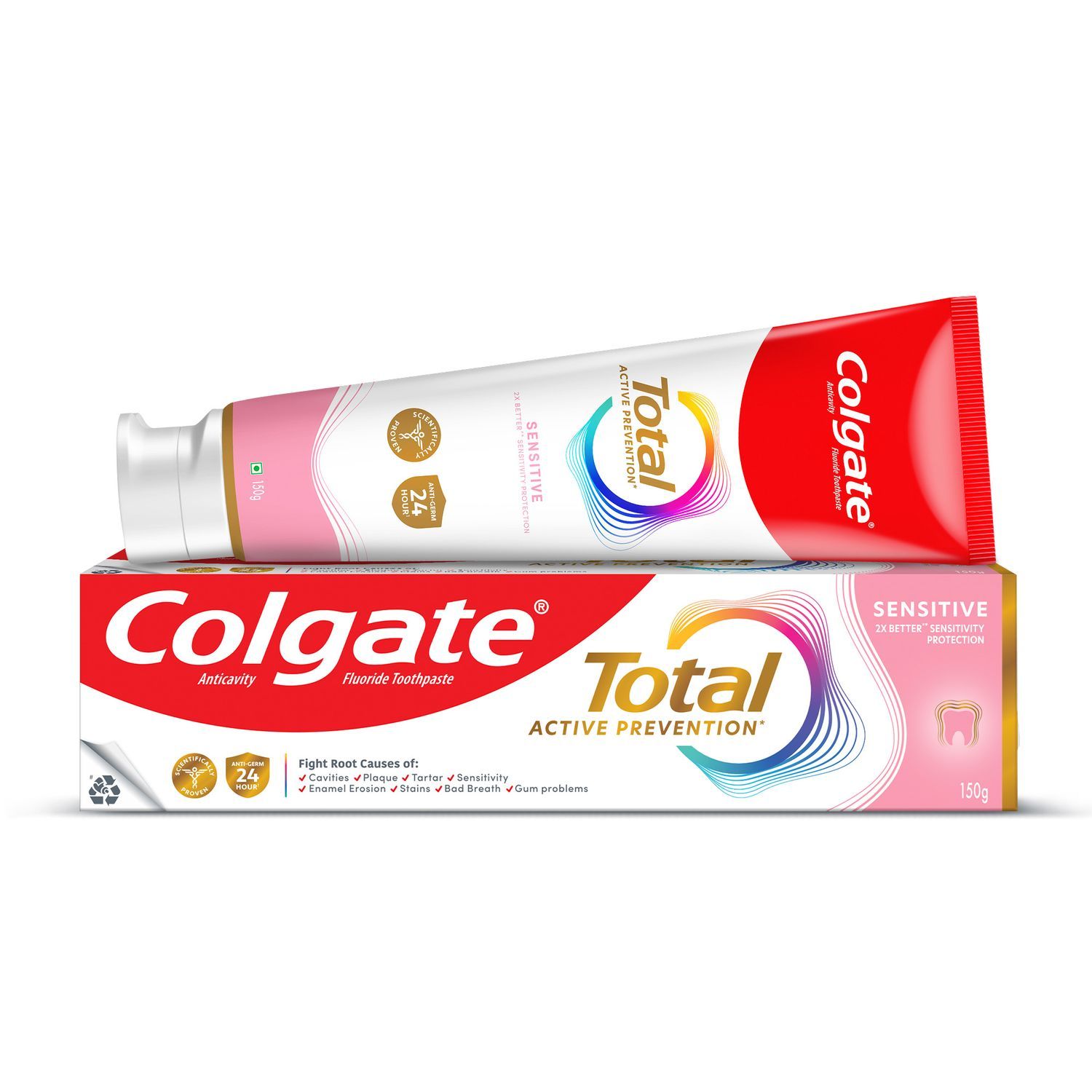Where Does Saliva Come From?
Your mouth, nose, tongue, lips and even voice box are covered with hundreds of microscopic salivary glands, according to the Memorial Sloan Kettering Cancer Center. These minor salivary glands help release and retain the fluid in the mouth. But your major salivary glands do most of the heavy lifting when it comes to salivary flow. India Today explains that there are three pairs of major salivary glands: Parotid glands. These are the two largest glands. One is located in each cheek over the jaw in front of the ears. Submandibular glands - these two glands located at the back of the mouth on both sides of the jaw. Sublingual glands -these two glands are located are under the floor of the mouth. All of the salivary glands empty saliva into the mouth. The saliva enters the mouth through ducts that open into the mouth in different places.
What Is Saliva Made Of?
According to a research article published in the Drug Invention Today, each day human salivary glands produce approximately 600 ml of serous and mucinous saliva, which includes 99% water and 1% other important compounds such as minerals, electrolytes, buffers, and enzymes.
Proteins
- Saliva's major components include a broad spectrum of proteins and peptides, nucleic acids, electrolytes, and hormones. Though proteins make up only a fraction of saliva's composition, they serve numerous functions. Proteins work as a first line of defence in eliminating oral bacteria and help form a protective layer on your teeth. They are also thought to aid in the ability to taste by interacting with taste receptors in your mouth.
Enzymes
- The enzymes found in saliva are specific proteins that assist your body help begin the digestive process. According to a paper in The New Zealand Dental Journal, enzymes in saliva begin the breakdown of starch and fat. .
Mucin
- You might equate mucin to the build-up of mucus that happens when you get a cold, but the mucin found in saliva aids in digestion. This specific protein helps you eat and swallow safely by keeping the mouth lubricated, as the paper in The New Zealand Dental Journal notes.
Electrolytes
- The Times of India explains that electrolytes are minerals that carry an electrical charge when dissolved in water. Our body retains electrolytes from the food we eat and the fluid we drink. The minerals that carry the electrical charge include potassium, calcium and magnesium. These get distributed throughout the body and use their electrical energy to facilitate important bodily functions. Some of these important functions includes balancing the amount of water in your body, balancing the body's pH level, moving nutrients to your cells, moving waste out of your cells, regulating the nerves, muscles, heart and brain. Inside your mouth, these particular minerals help strengthen and harden your enamel, which in turn helps reduce your risk of cavities, according to the IJCDMR article.
The Importance of Saliva
All the components of saliva work together to help you eat, speak and keep your mouth clean every day. Here are just some of the many functions of saliva, as noted by the Indian Dental Association:
- Saliva washes away food and debris from teeth and gums.
- Saliva helps moisten and break down food to ease swallowing and enhances ability to taste.
- Saliva provides disease-fighting substances throughout your mouth to help prevent cavities and other infections.
- Saliva helps keep the surface of your teeth strong by providing high levels of calcium, fluoride and phosphate ions at the tooth surface.
A research study published in the IOSR Journal of Dental and Medical Sciences outlines that saliva as a diagnostic fluid offers distinctive advantages over serum because it can be collected non-invasively. Whole saliva may be used for diagnosis of systemic diseases, because it contains serum constituents. Analysis of saliva done for the diagnosis of hereditary disease, autoimmune disease, malignancy, infection, monitoring of levels of hormones, monitoring of levels of drugs, bone turnover marker in saliva, forensic evidence, dental caries and periodontal disease, diagnosis of oral disease with relevance for systemic diseases.
Because saliva is so important to your oral and overall health, it's important to consult your dentist or doctor if you are suffering from an inadequate saliva flow, also known as dry mouth. The Indian Dental Association suggests to chew on a piece of sugarless gum, or suck on a piece of sugarless hard candy for 5 to 10 minutes every two hours. This can help stimulate your salivary glands so you will have a more sustained flow of fluid in your mouth. However, you should seek professional advice if the problem persists to prevent more serious problems, such as tooth decay, from developing.
This article is intended to promote understanding of and knowledge about general oral health topics. It is not intended to be a substitute for professional advice, diagnosis or treatment. Always seek the advice of your dentist or other qualified healthcare provider with any questions you may have regarding a medical condition or treatment.
ORAL HEALTH QUIZ
What's behind your smile?
Take our Oral Health assessment to get the most from your oral care routine
ORAL HEALTH QUIZ
What's behind your smile?
Take our Oral Health assessment to get the most from your oral care routine













